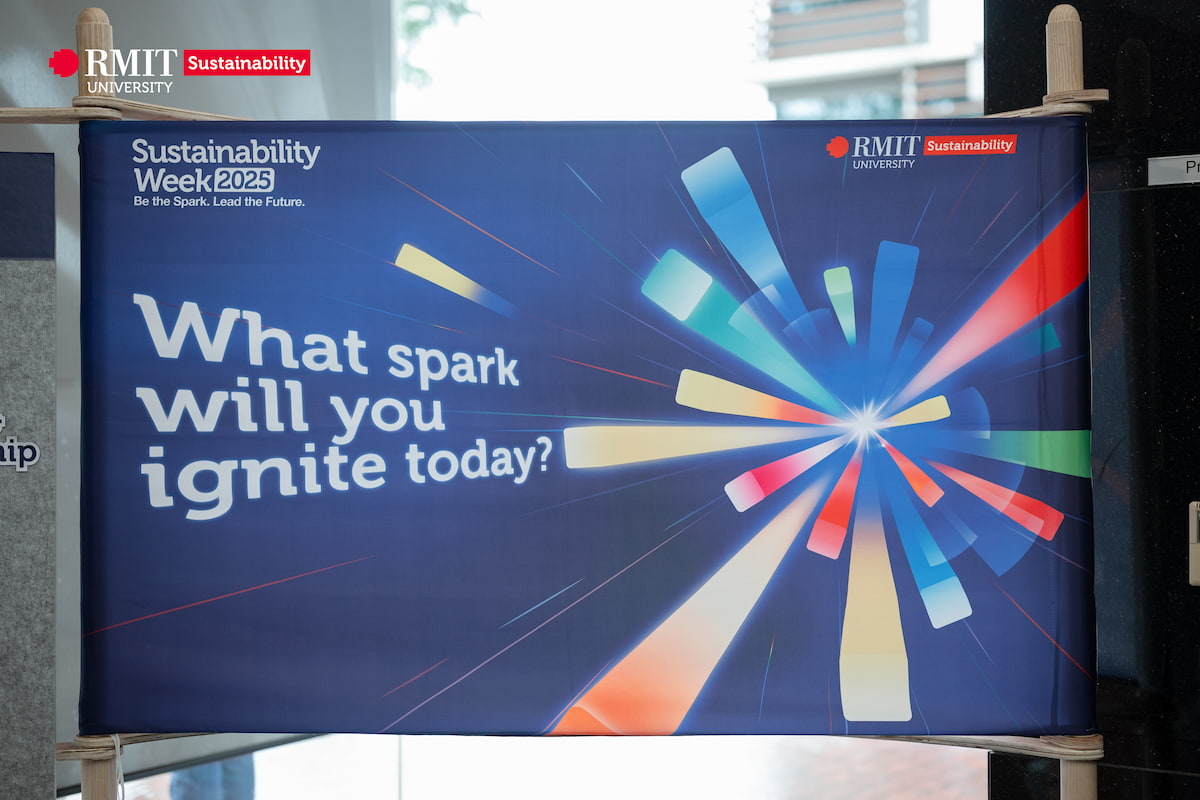AI can be used in smart design automation. With generative AI design and machine learning, engineers can develop modular, lightweight, and repairable products tailored for circularity. They can generate thousands of product configurations using a single software program. This reduces material use while supporting disassembly and reuse in future product cycles. In Vietnam’s textile industry, AI tools are already being explored to design clothing patterns that minimise fabric offcuts, supporting zero-waste manufacturing.
Real-time process optimisation can also benefit from AI. Predictive analytics and AI systems with Internet of Things (IoT) help manufacturers monitor machine health, energy use, and production efficiency. Siemens MindSphere, for example, connects industrial equipment to the cloud and uses AI-driven analytics to detect anomalies, forecast equipment failures, and recommend proactive maintenance schedules. In a Vietnamese garment factory, such a system could analyse data from sewing machines in real time, predict wear-and-tear, and schedule servicing to prevent unexpected downtime.
Finally, AI-powered vision systems and robotics are transforming how materials are identified, sorted, and recovered in recycling operations, thus maximising value recovery. AMP Robotics, a leading innovator in this space, uses AI-enabled robotic arms to recognise and sort recyclable materials from waste streams with up to 99 per cent accuracy. In electronics assembly plants, a similar system could scan returned devices, classify parts by condition, and automate disassembly for reuse or recycling. This approach accelerates material recovery and prevents valuable resources like rare earth metals from ending up in landfills, helping manufacturers close the loop in their supply chains.
“These capabilities aren’t theoretical anymore,” Associate Professor Hiep notes. “They’re already reshaping global supply chains and they’re within reach for Vietnamese firms, too.”
Affordable cloud services and ready-made AI frameworks allow companies, including small and medium-sized enterprises, to deploy predictive models, image recognition, and optimisation tools with minimal setup.
AI-driven circularity also delivers measurable returns: fewer machine downtimes, reduced material waste, and new revenue streams from refurbished products.
“This return on investment often outweighs the initial deployment costs,” Associate Professor Hiep says.






